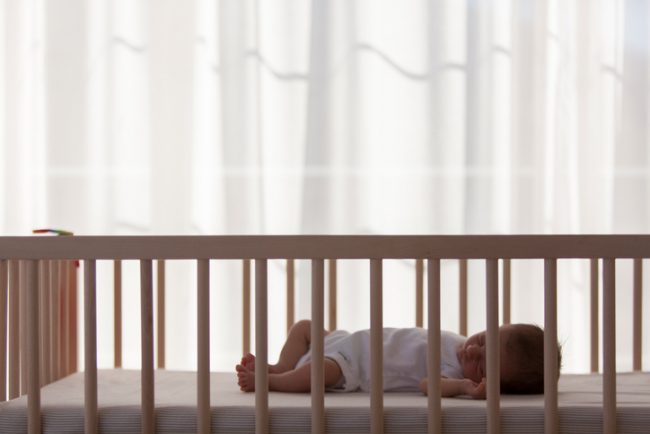
By Sage Singleton
We all want to keep our families as safe as possible, but home safety requirements change as your family grows and evolves. From newborns to pets, a variety of different strategies can ensure your home is as safe and accommodating as possible for your family. Here are some simple tips to help keep your family safe through every stage of life. Getting your home
Getting your home ready for a new baby
Babyproofing a home is largely about protecting them from their own curiosity. Once a baby learns to crawl, anything in reach is fair game to be grabbed, touched, or chewed on.
- Install baby gates to keep certain rooms off-limits. This is especially important near stairs.
- Fill unused electrical outlets with plastic plugs. Outlets are like magnets for babies.
- Store breakable items out of reach.
- Keep small items out of reach as well. Small objects that could be put into mouths are a major choking hazard. A good rule of thumb is if it can fit in an empty toilet paper roll, it is small enough for a baby to choke on.
Home safety for toddlers and elementary-age children
Toddler-proofing is a little different from babyproofing in that a toddler is usually more resourceful about getting into things they shouldn’t be. Toddlers will climb, open doors and drawers, and generally get themselves into trouble.
- Move anything small or breakable up higher now that your child is walking and climbing. You’d be surprised at what they can reach.
- If you have a pool, build a fence around it. You’ll want a barrier at least a few feet high to make it harder for your toddler to climb over.
- Secure drawers and cabinets with childproof latches.
- Place safety locks on windows and doors to prevent them from being opened.
- If you don’t have a home security system, install one for added safety. Choosing a system with the right features, like motion sensors and security cameras, can help you know if your curious toddler runs out the door or it can help you keep tabs on things while the babysitter is over.
Safety during the teenage years
As your child grows into their teens, the focus moves further from physical safety and more towards online safety and general home security. Online safety is extremely important with teenagers in the house.
- Set clear boundaries and expectations with your teen regarding potentially dangerous situations. These could involve simple subjects like safe driving or complex topics like drinking and drugs.
- Keep alcohol, firearms, and any prescription or over-the-counter drugs locked up in a safe place.
- Educate your teen about safe internet usage. This includes avoiding malware, being smart on social media, and using privacy settings.
Pet-proofing your home
Pets make great additions to the family, but they come with their own safety needs. In many ways, pet-proofing is similar to babyproofing. Pet-proofing involves keeping harmful items out of their reach and making sure that they can’t escape the house or yard and run off.
- Keep cleaning products, chemicals, and medications in high places or locked where pets can’t stumble upon them.
- If your pet likes to chew on (or eat!) household items, make sure that you don’t leave anything lying around. It can be helpful to do a quick walkthrough of your home a couple times a day, such as when you leave and return from work.
- If you have a home security system, make sure the motion sensors are capable of detecting and ignoring your pets.
- If you have a fenced yard, check it for weaknesses or small gaps that a pet could squeeze through.
Getting your home ready for your parents to move in
As our parents get older, it’s not uncommon for them to move in with us. This can help ensure their safety and prevent the loneliness that often comes with old age. It can also present some unique challenges when it comes to home safety.
Depending on your parent’s age and their physical and mental well-being, you may need to make small home improvements for their convenience or physical safety. In general, you’ll want to try to minimize the potential for falls and make sure that help is always within reach.
- Install grab bars in the bathrooms near the toilet and shower. These bars can help support a person as they move in and out of the shower or tub, both making this task easier and helping prevent falls. Make sure they can support the weight of the person who’ll be using them.
- Walk through your home and check for objects that might make tripping hazards. Throw rugs, children’s toys, and pet toys can all be dangerous for people lacking the eyesight or reflexes to maneuver around them easily.
- Set up a medical alert system. This is a wearable device that essentially functions as a panic button—if a person falls or has a medical emergency, they can push the button to get instant access to help.
- Learn which foods are hazardous for senior health. As your parents age, their immune system weakens—making them more susceptible to food poisoning and health risks. Prepare meals at home that won’t threaten the health of your aging parents.
Your family grows and changes as time goes by, and so should your home safety plans. If you want to keep up with each of your family members, continually assess their needs. These tips should give you a great starting point towards building a safer home for your family.







